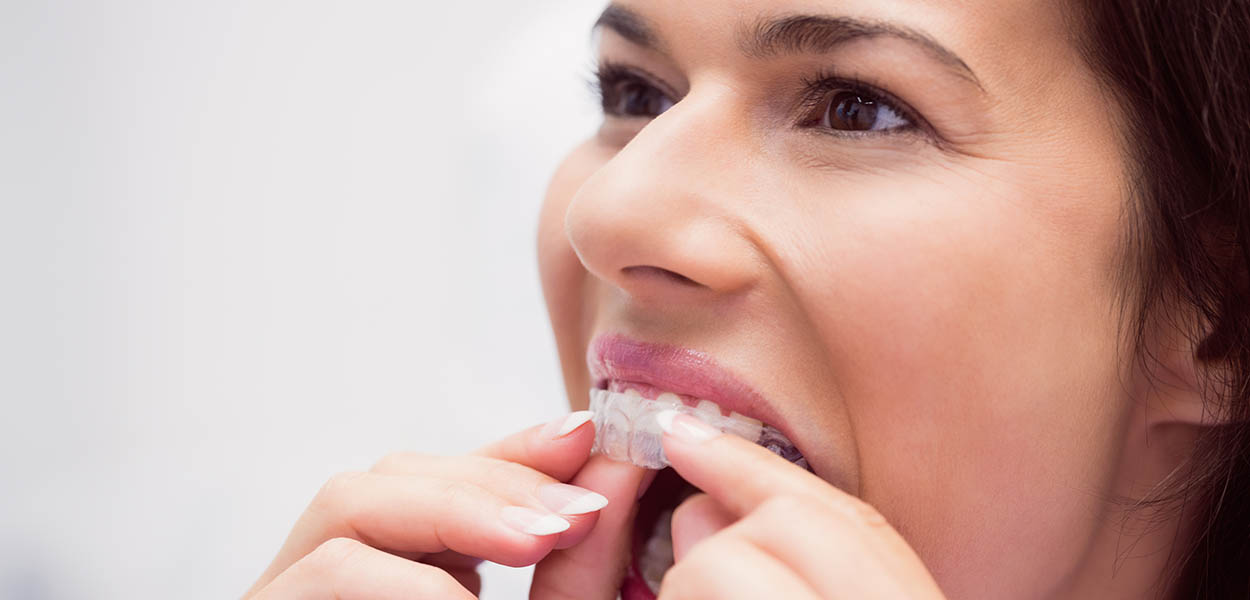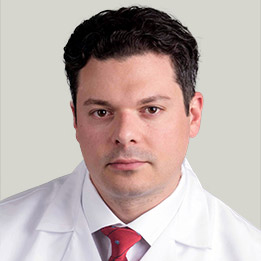Has Invisalign Actually Improved?

Kenilsworth, IL – Invisalign is an appealing orthodontic treatment option. Who doesn’t want to move their teeth using an almost invisible device that is also touted to be comfortable and removable? No more metal mouth and no worrying about food getting stuck in brackets and wires – that sounds great!
When Invisalign first came on the market, it was really only best used in patients with minor malocclusions. Over the years, the company has made improvements and now Invisalign is marketed as an ideal option to rival standard metal braces. But is that really the case – has Invisalign improved and become more efficient at moving teeth?
That’s exactly what a recent study aimed to discover. Titled “Has Invisalign improved? A prospective follow-up study on the efficacy of tooth movement with Invisalign,” the article was recently published in the American Journal of Orthodontics and Dentofacial Orthopedics and sought to compare today’s Invisalign results versus a study completed in 2009.
The current study looked at the cases of 38 patients, some who used Invisalign full and some who used Invisalign Teen. The mean accuracy of Invisalign for tooth movements was 50%, versus 41% in the previous study. While its accuracy did improve somewhat, the strengths and weaknesses of tooth movement using Invisalign remained basically the same.
The results of the study showed that the most accurate tooth movement was the buccal-lingual crown tip, with 56% accuracy. It makes sense that this is the most reliable movement for Invisalign because the aligner flexes in mostly a buccal-lingual direction, and the buccal and lingual aspects provide the most surface area for the aligners to push the teeth. Invisalign aligners fit directly over the teeth and work mostly in a pushing sense to guide the teeth to their ideal locations.
The least accurate tooth movement found by this study was rotation, especially for canines, premolars and molars. The advent of Invisalign attachments has claimed to make these movements much more feasible, but it still struggles with proper rotation versus fixed appliances.
Incisor intrusion did not improve over the results of the 2009 study, but molar intrusion was higher. This leads us to believe that Invisalign is more effective at bite closure rather than bite opening. Invisalign can only offer 1.5 mm of overbite improvement, which is roughly half of what can be achieved using a fixed appliance.
“The results of this study show that while, yes, Invisalign has made some improvements, it still struggles with some tooth movements,” said Dr. Michael Stosich of Stosich Consulting. “This is important for people to keep in mind as they are making decisions about orthodontic treatment. Not every treatment option is equal in the results you may be able to achieve.”
Dr. Stosich has been cautioning his patients on the realities of Invisalign treatment beyond the marketing hype for some time. A 2015 blog titled Invisalign: The Hidden Facts discusses some of Invisalign’s limitations. And a 2012 blog also cautioned against buying into the marketing hype and instead focusing on looking for a well-trained provider.
This is something Dr. Stosich cautions often – when comparison shopping for orthodontic treatment, one must take all the facts into account. There is a lot of marketing hype around certain treatments, such as Invisalign, and providers of all levels are providing it more and more. But when it comes to your smile, you want to ensure you are being treated using a treatment that will offer the most ideal results, and by a provider who understands how to ensure that happens.
The process to become an Invisalign provider is very short – in fact, in just a weekend course a dentist or orthodontist can become a provider. Because of this, we have seen a rise in providers who wouldn’t otherwise offer orthodontic treatment now offering Invisalign.
More providers offering treatment may seem like a good thing, but it could actually compromise your results. That’s because, as we can see in study results like the one mentioned above and others, Invisalign may not be able to provide the most ideal ending results. But if that’s the only option the provider you’re seeing offers, you may be left with results that aren’t exactly what you had been hoping for.
“Orthodontic treatment is not one size fits all,” says Dr. Stosich. “Every malocclusion is different, every patient is different. We have to approach each case from an individual perspective, based on scientifically crafted and backed treatment planning. We can’t rely solely on computer imagery to provide the treatment. An orthodontist must understand the science behind moving teeth and have both the skill and knowledge to know when adjustments might need to be made in order to ensure the ideal results. Likewise, he or she must know when to recommend certain treatment types and when to advise against them.”
For some patients, Invisalign may be a fine option for moving their teeth. However, a highly trained orthodontist must still be in charge of that treatment to ensure that the end result is a straighter smile and properly functioning bite.


